E-nose-based fast detection technique
for Brown Root Rot disease (BRRD) infected trees
Background
The Highways Department (HyD) maintains a large amount of trees over the whole territory. Recently Brown Rood Rot Disease (BRRD) caused by fungal pathogen Phellinus noxius was spotted with increased frequency. This disease results in rapid health and structural deterioration of trees and may lead to tree failure, thus posting a serious threat to public safety. In Hong Kong, two-step diagnosis was adopted for BRRD identification. Observation based diagnosis may not be accurate enough and may cause open wounds to the trees while laboratory diagnosis requires sample collection and days to obtain results.
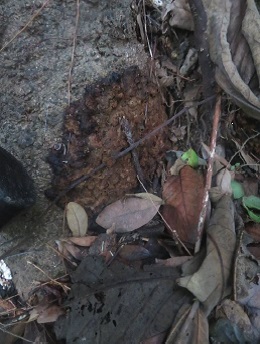
Figure 1 – Examples of BRRD infection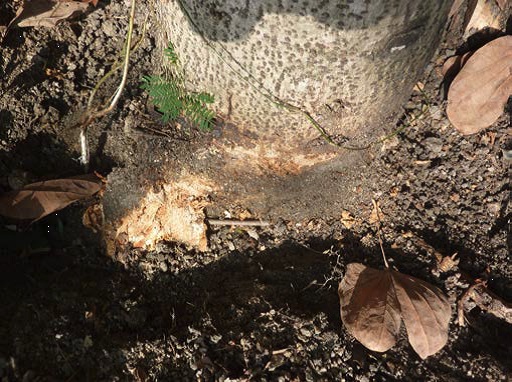
Figure 2 – Examples of BRRD infection
E-nose-based fast detection technique for BRRD
HyD strives to research and develop early detection technique for BRRD-infected tree, invited Prof. SC LEE and Prof. Ben LEU from PolyU Technology & Consultancy Company Limited (PTEC) to conduct the study, which enables early implementation of subsequent mitigation measures, protecting traffic users and avoiding the spread of disease.
With the target of identifying BRRD infection within short period of time, a non-destructive measure, electronic nose (E-nose) which consists of multiple sensors specifically for different groups of compounds is developed. Training is required to calibrate the E-nose before site application. Field training of E-nose bases on VOC emission characteristics from BRRD infected trees (smellprint) while pure culture is used in laboratory-based E-nose training. The E-nose training aims to determine the emission marker for subsequent identification of BRRD infection.
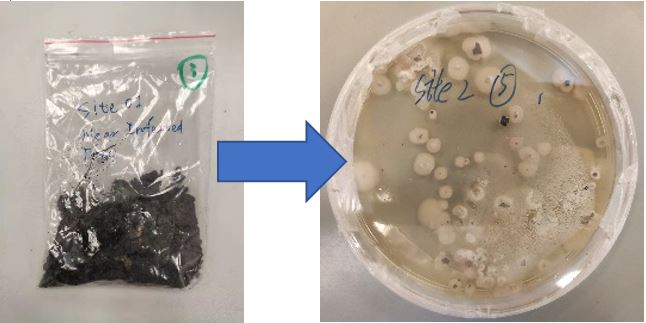
Figure 3 and 4 – Laboratory culture for BRRD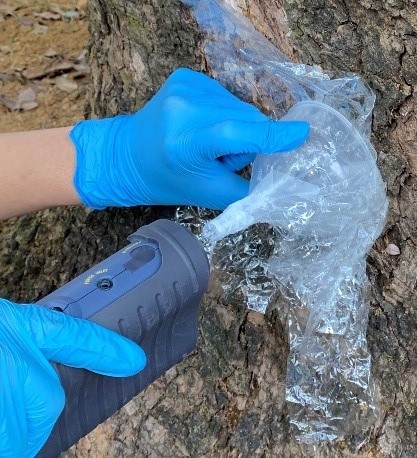
Figure 5 – Field training for
E-nose
The E-nose system is programed with BRRD-related training data as the emission marker, which responds to some specific patterns of field data collected, indicating suspect of BRRD infection. Due to its properties of portable, fast-response, and able to cover a wide-spectrum of compounds, this technique is potential for fast detection of BRRD infected trees.
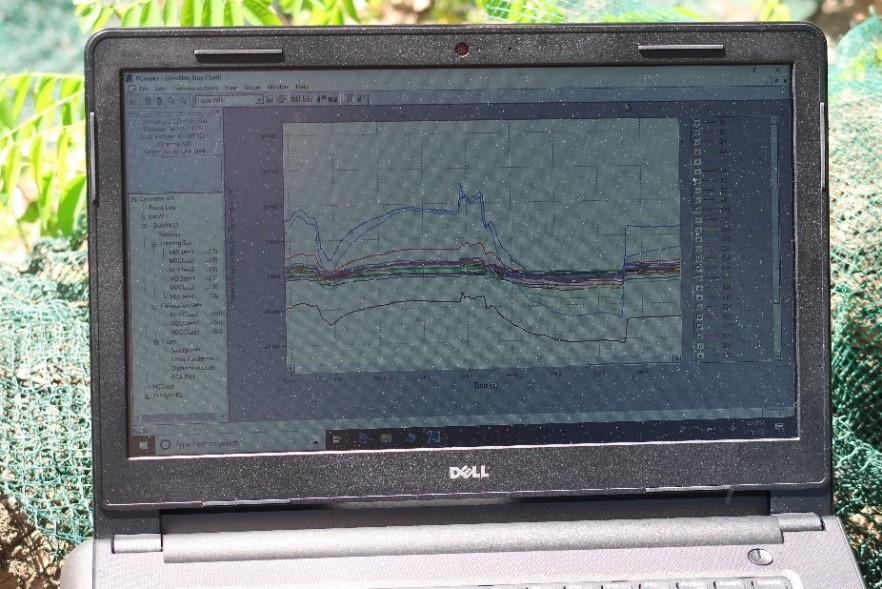
Figure 6 – Collection of VOC emission data (smellprint) on site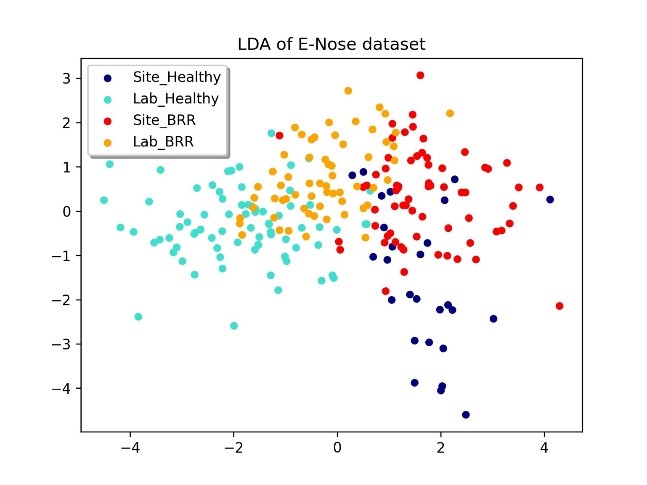
Figure 7 – Data Analysis reveals specific pattern of VOC emission data (smellprint) which responds the emission marker and allows identification of suspect of BRRD infection






